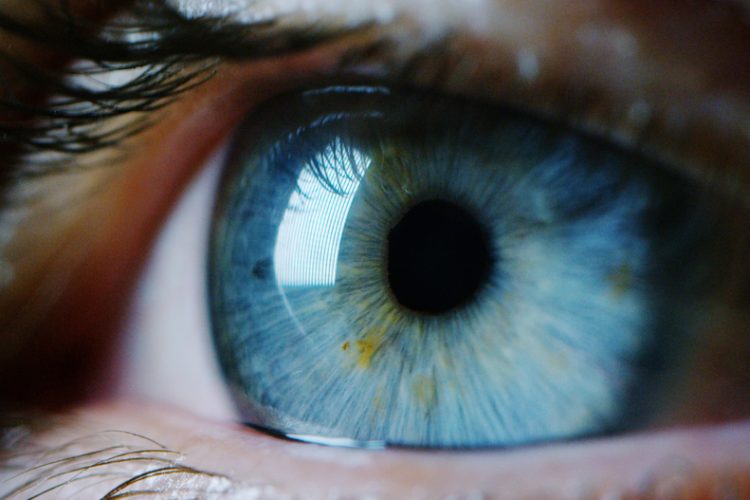CRISPR-Cas9 used to prevent Fuchs’ corneal dystrophy in mice
Posted: 4 August 2021 | Anna Begley (Drug Target Review) | No comments yet
Scientists have shown that start codon disruption with CRISPR-Cas9 gene editing can prevent Fuchs’ corneal dystrophy in mouse models.


Researchers at the University of Oregon, US, have used start codon disruption with CRISPR-Cas9 gene editing to prevent Fuchs’ corneal dystrophy in mouse models. It is the first demonstrated use of the start codon disruption technique to treat a genetic disorder in post-mitotic tissue. Moreover, the team say that their study could revolutionise treatment of Fuch’s corneal dystrophy by replacing the need for corneal transplant.
Currently, the only treatment for Fuchs’ dystrophy is corneal transplant which has many major risks and numerous potential complications, such as infection, rejection and glaucoma. Furthermore, although corneal tissue is readily available in the US, it is in short supply globally.
The team focused on a single-point mutation in a collagen protein known as collagen type VIII alpha 2 chain (COL8A2). “What was previously demonstrated was that if you knock out this gene, the corneas are fine,” explained Balamurali Ambati who led the study. “It is specifically this mutant form of this protein that is causing the problem.”
The researchers investigated whether knockdown of the protein could offer a new therapeutic strategy of the disease. They used CRISPR-Cas9 gene editing to target the pathogenic protein in adult mutant mice. However, they faced the challenge of using the technology of post-mitotic cells.
“With a post-mitotic cell, it is very difficult or impossible to induce homologous recombination. Therefore, we had to think of other ways to accomplish our goal,” said lead author Hironori Uehara, who developed a means of blocking the expressions of the COL8A2 gene by targeting its start codon. “We determined that we could start the start codon and thereby knock down that protein expression selectively by delivering that gene therapy just to the cornea,” Ambati added.
The team delivered the treatment via adenovirus encoding SpCas9 and guide RNA by injection into the anterior chamber of the mouse eye which directly faces the corneal endothelial cells. In studies examining the safety of the treatment, they determined that the surrounding tissues were not affected by the gene therapy. They studied other off-target genes to make sure they had not been affected and determined the maximum tolerated dose was safe for the retina, iris and other parts of the eye.
The research team demonstrated that they could not only preserve the density and structure of the endothelial cells in the cornea, but that they could also rescue their function. Surprising secondary discoveries were also uncovered, for example, applying water to the cornea did not induce swelling as researchers expected. Rather, the swelling was induced by ingress of aqueous humour into the cornea through the corneal endothelium and hyperosmolar solution challenge on the surface of the cornea after epithelial removal resulted in the most corneal swelling.
According to the researchers, the study could lead to future research examining the viability of using COL8A2 gene knockdown as a therapeutic for Fuchs’ dystrophy in clinical testing involving humans. Future studies could also explore the impact of Cas9-mediated gene knockdown to target other genetic disorders in post-mitotic cells with a single-point mutation, including neurologic diseases, immune diseases and certain disorders affecting the joints.
The study was published in eLife.
Related topics
CRISPR, Gene Therapy, Genetic analysis, Genomics, In Vivo, Protein, Therapeutics
Related conditions
Fuchs endothelial dystrophy
Related organisations
University of Oregon
Related people
Balamurali Ambati, Hironori Uehara


